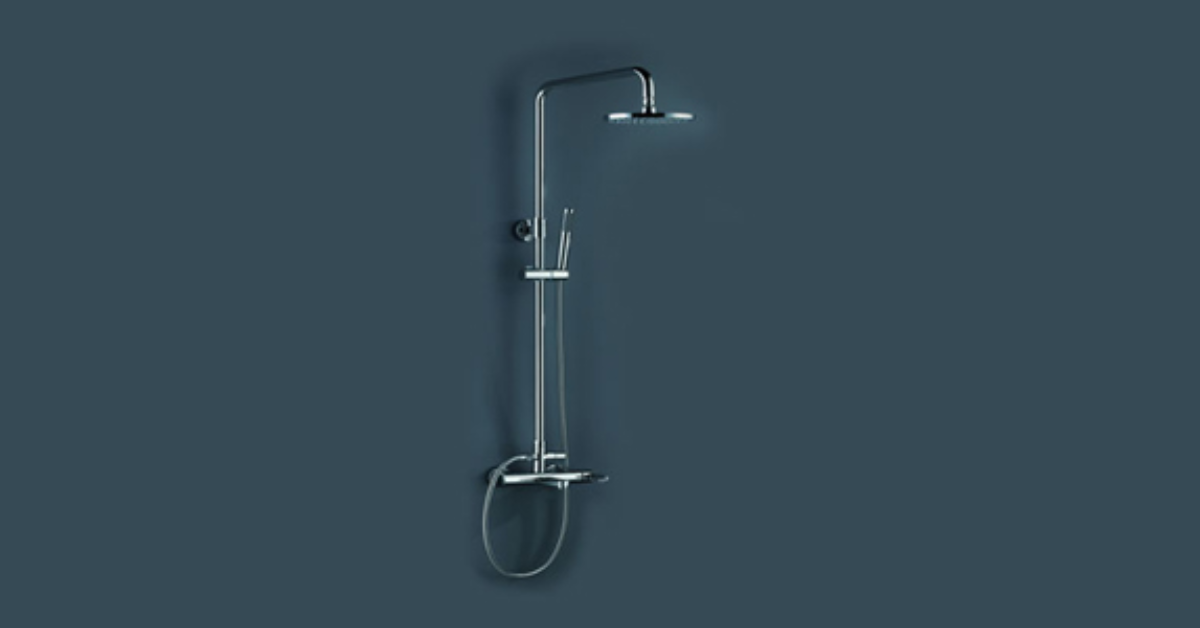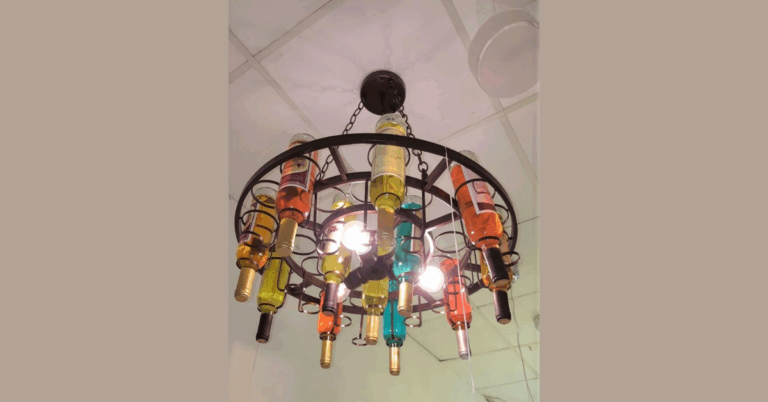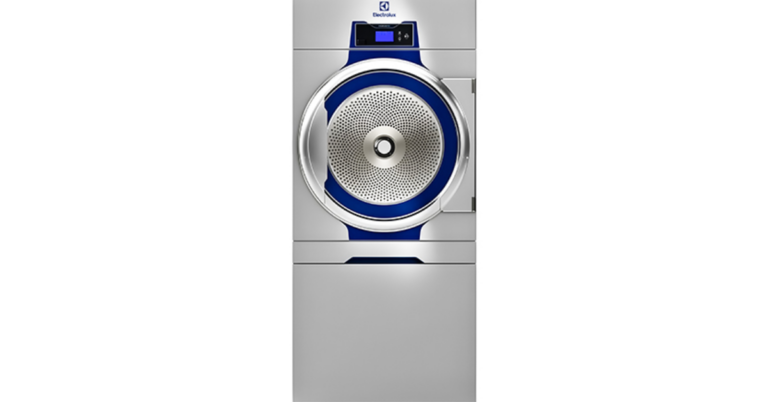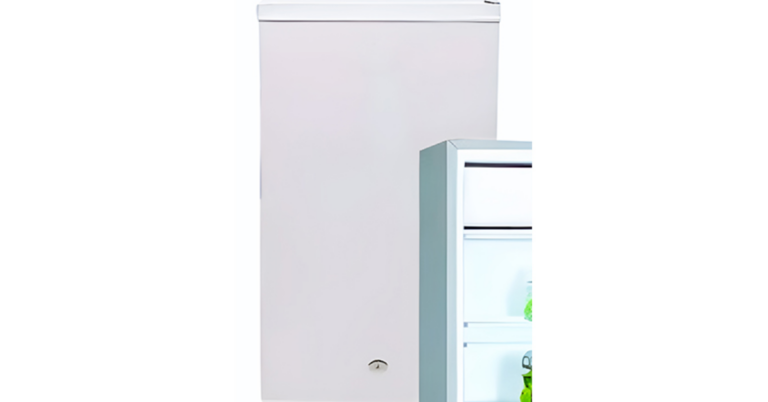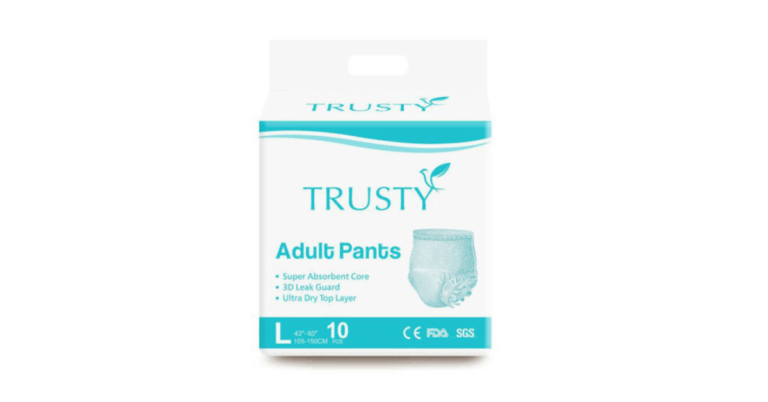Embracing Luxury and Functionality: The Rise of Rain Shower Head Singapore
Singapore’s fast-paced urban life meets its perfect counterbalance in the bathroom sanctuary and at the heart of that transformation lies the Rain Shower Head Singapore. More than just a plumbing fixture, the modern rain shower head embodies a fusion of aesthetics, wellness, and engineering. It elevates daily routines into spa-worthy experiences, while reflecting the high expectations of design and performance that Singapore homes demand.
What Is a Rain Shower Head — and Why It’s So Popular in Singapore
A rain shower head, also known as a “rainfall” or “overhead” shower, is designed to replicate the sensation of being under a gentle, even rain. Rather than forcefully projecting water in a narrow stream, it disperses water over a broad surface area, delivering a soothing, enveloping flow. In Singapore’s market, demand for such fixtures has grown rapidly, driven by a desire to blend functionality with luxury and minimize the clinical feel of typical showers.
In fact, the Singapore bathroom and shower-head market continues to expand as homeowners look for upgrades that combine style, comfort, and sustainability.
Advantages of Installing a Rain Shower Head in Singapore Homes
1. A Spa-Like Experience at Home
When installed with proper positioning, a rain shower immerses you in a calming cascade. It promotes a more even and gentle distribution of water across the body, making every shower feel indulgent rather than rushed or abrupt.
2. Full-Body Coverage
Thanks to wider and flatter nozzles, many rain shower heads can cover your entire body more uniformly than standard models. This reduces the need to twist or adjust body posture while showering.
3. Design Appeal & Minimalist Aesthetics
These fixtures often adopt sleek profiles, with slim circular or square faces and concealed plumbing. For modern Singapore bathrooms, they help uphold clean lines and a refined look. Many consumers favor them for their visual impact as much as their performance.
4. Potential for Time Efficiency
While there is a perception that rain showers use more water, some argue that their broad coverage allows for faster rinsing, which may translate into equal or shorter shower durations if used judiciously.
5. Compatibility with Water-Efficient Technologies
Leading brands now incorporate tech that regulates flow without significantly reducing comfort. For example, flow-control or air-mixing features can reduce water consumption some models aim for reductions of 40–60% under certain settings.
Challenges & Considerations: What Singapore Homeowners Must Know
Water Pressure & Flow Constraints
Because rain shower heads disperse water over a wide area, they demand adequate water pressure to deliver satisfying flow. In lower-pressure systems (common in certain high-rise apartments or older installations), the “rain” effect may feel weak or disappointing.
Ceiling Height & Positioning
Ideally, a rain shower head should be mounted directly overhead and far enough from the user to allow the droplets to develop momentum. In cramped bathrooms or ones with lower ceilings, you risk water spray bouncing off the body or walls. Some models mitigate this by using narrower profiles or adjusting nozzle designs to compensate for shorter drops.
Cost & Retrofitting Complexity
Installing a rain shower often involves more than a swap: you may need to reroute plumbing, reinforce ceiling fixtures, or even patch walls or tiles. These modifications increase cost and labor, especially in condominium or HDB renovation contexts.
Water Usage Misconceptions
While rain showers can consume more water if used excessively, the real factor is how they’re used. Pairing efficient design with disciplined usage (shorter showers) helps control both water and energy costs.
Maintenance & Cleaning
Wider surfaces with many micro nozzles often accumulate limescale or clogging especially in areas with harder water. Regular cleaning or descaling is essential to maintain performance.
Key Criteria When Choosing a Rain Shower Head in Singapore
1. Flow Rate and Efficiency Ratings
Look out for ratings such as “Liters per minute” (L/min) or “WELS / water efficiency labelling.” Choosing models that balance comfort and conservation is increasingly critical in Singapore’s push for smarter usage.
2. Nozzle Design & Anti-Clog Features
Silicone or rubber nozzles, self-rinsing systems, or boost features help prevent clogging and prolong lifespan—even in harsher water conditions.
3. Material & Finish
Stainless steel, brass, or high-quality ABS with chrome finishes offer durability and resistance to corrosion. Given the humid, tropical climate, material longevity is important.
4. Mounting Options
Decide whether you prefer ceiling mount (for a full overhead rain feel) or wall mount (if ceilings are low or structural constraints exist). Each has trade-offs in installation complexity and water trajectory.
5. Integration with Mixer or Thermostatic Controls
Modern shower systems often pair rain heads with thermostatic mixers or diverters to manage temperature and seamlessly switch between rain and hand showers. This enhances flexibility.
6. Brand & Warranty Support
Select established brands known in the Singapore or Southeast Asia markets to ensure ease of servicing, spare parts, and support.
Installation Best Practices for Singapore Bathrooms
-
Consult a Professional: Because many rain shower installations require changes to concealed plumbing or ceilings, expert advice ensures the work conforms to local standards.
-
Plan for Proper Mount Height: A center point around 200–220 cm (or higher, depending on your ceiling) is a common guideline adjusting for your own height and room dimensions.
-
Use Quality Seals & Thread Tape: Prevent leaks by applying Teflon tape or thread sealant on joints. Don’t over-tighten fixtures, which may damage components.
-
Allow Drainage Clearance: Broad spray areas may lead to overshooting shower stalls or splashing outside the wet zone—incorporate proper shower curb or drainage slope.
-
Test Early, Clean before Use: Run the system to flush construction debris. After initial use, periodically clean nozzles to maintain optimal flow.
Trends & Market Dynamics of Rain Shower Heads in Singapore
-
Rising Demand for Luxury Bathroom Upgrades: As homeowners spend more on interior refinement, fixtures like rain showers have gained traction as symbols of premium living.
-
Energy & Water Consciousness: With sustainability in focus, innovations around low-flow rain showers and smart regulators are highly competitive.
-
Integration with Smart Home Ecosystems: Some rain shower systems are now integrated with digital controls, thermostats, or app-based settings to personalize temperature, flow, or mode preferences.
-
Local supply options & customization: Singapore consumers access a wide spectrum of rain shower models from global brands to specialist local suppliers who cater to tropical conditions and local plumbing standards.
Conclusion: Is a Rain Shower Head Right for You?
A rain shower head Singapore promises a luxurious, relaxing shower experience if carefully selected, installed, and maintained. For households with adequate water pressure and ceiling height flexibility, it can transform a daily necessity into an oasis of comfort. For those constrained by infrastructure or budgets, simpler or hybrid designs may offer a sensible compromise.
Ultimately, success depends on matching the technical constraints of your bathroom with the right fixture. When balanced thoughtfully, a rain shower head becomes not just a feature, but a defining element of your home’s comfort, style, and wellness.

